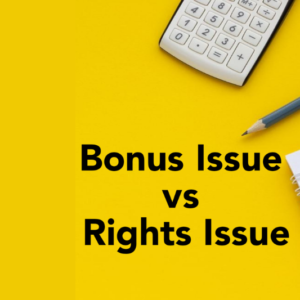Investors are always looking for methods that balance risk and potential returns. One highly effective approach is using call-and-put-spread strategies. These strategies help manage both risk and reward, making them perfect for traders with a balanced outlook on market movements. Regardless of whether you’re bullish or bearish on a stock, mastering spread strategies can significantly improve your options trading skills.
Grasping Call and Put Spreads
Call and put spreads involve buying and selling two different options contracts of the same type (either calls or puts) but with varying strike prices or expiration dates. This strategy allows traders to define both their maximum potential profit and loss, providing a structured and controlled approach to managing trading results.
Call Spread Strategy:
A call spread strategy is used when a trader expects the price of an underlying asset to rise gradually. This involves buying a call option with a lower strike price and selling a call option with a higher strike price simultaneously. This creates a net debit, as the cost of the long call is greater than the premium received from the short call. The maximum profit occurs if the asset’s price exceeds the strike price of the short call, while the maximum loss is limited to the net premium paid.
For example, if stock XYZ is trading at ₹100 and you anticipate it will rise but stay below ₹120, you might buy a ₹100 call option and sell a ₹120 call option. The premium from the ₹120 call offsets the cost of the ₹100 call, reducing your risk while also capping your potential profits.
Put Spread Strategy:
The put spread is a strategy used when a trader expects a moderate decline in the price of the underlying asset. This approach involves buying a put option with a higher strike price and selling another put option with a lower strike price. The result is a net debit, as the cost of the higher strike put is greater than the premium received from the lower strike put. The maximum profit occurs if the asset’s price drops below the lower strike price, while the potential loss is limited to the net premium paid.
For instance, if you anticipate XYZ stock to decrease from ₹100 to ₹80, you could implement a put spread by buying a ₹100 put option and selling an ₹80 put option. This setup not only limits your maximum profit but also lowers the upfront cost of the trade.
Benefits of Call and Put Spread Strategies
- Risk Management: Both strategies control risk by capping the maximum loss to the net premium paid, providing predictability in volatile markets.
- Cost Efficiency: Selling an option alongside buying another reduces the overall trade cost, as the premium from the short position offsets part of the long option’s cost, making it cheaper than buying a single call or put.
- Flexibility: Call and put spreads can be customized for different market conditions, accommodating both bullish and bearish outlooks to match market predictions.
Important Factors
- Limited Profit Potential: Profit is capped due to the short option’s strike price. Significant favorable asset price movement won’t yield additional gains.
- Time Decay: Options lose value as expiration nears, so a clear timeline for market movement is crucial.
- Market Prediction: Best used with a moderately directional market outlook. Significant adverse movements could result in maximum loss, though losses are capped.
Call-and-put spread strategies provide a structured, risk-managed method for options trading, which is attractive to traders with moderate market outlooks. These strategies help investors manage risk more effectively, lower initial costs, and maintain adaptability across different market conditions. However, it’s crucial to balance the limited profit potential with the reduced risk benefits and ensure these strategies align with your overall trading goals.







